Hemming can be done in a lot of ways, by machine or by hand.
If a garment needs an invisible hem like in woven fabrics, I prefer to hem by hand and to prevent any ridges from the outside I fold the hem edge back about 3/8 inch (1 cm) and work from the right to the left using a fine needle size 11 or 12 depending on the fabric weight. In this example I used Guterman thread and a needle size 11.
The sample pants is just one leg so it is small and can rest in my lap.
The stitches are sewn about 1/4 inch (6 mm) apart and with loose stitches.
I used a yellow thread for better view to show.
The hem allowance I use is a bit more than 1 1/2 inch ( 4 cm) , the hem allowance is marked with chalk and fold down and steam pressed.
For this example I used the same sample which I showed you for the post Fine Men’s Tailoring: pants hemming
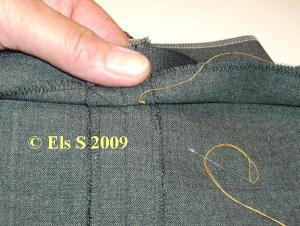
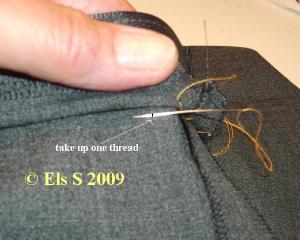

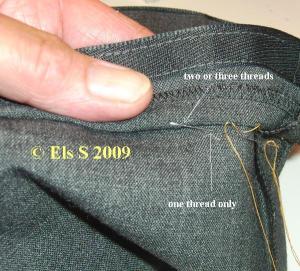

For unlined garments I sew an extra stitch every 3th or 4th stitch,


Inside view,

Outside view,
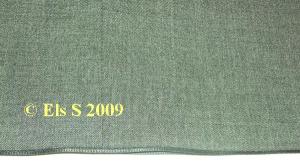
Suggestion:
When you want to press the hem again do it from the inside and press only the hem fold edge. Do not touch the hem edge with your iron to prevent a show true from the right side .
Sometimes it is easier if I keep my garment away from me on the table instead of in my lap so it looks like this.
For hemming this lightweight satin I used a size 12 needle and extra fine thread
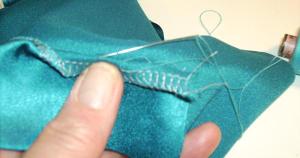
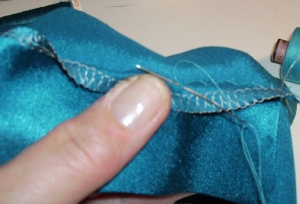
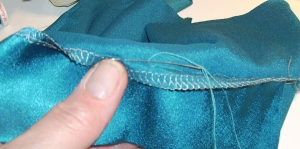
Wrong side view: Right side view:

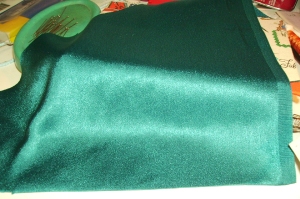
For a hem in garments where the lining hem is attached to the fabric hem, I use a 2 inch (5 cm) deep hem allowance and use the same hem stitch only this time I fold the hem edge back half way so 1 inch (2,5 cm) and use longer stitches about 3/8 inch (1cm) , there is no need to sew an extra stitch because the hem is secured by the lining hem.
The machine stitch line at the bottom is the attached lining .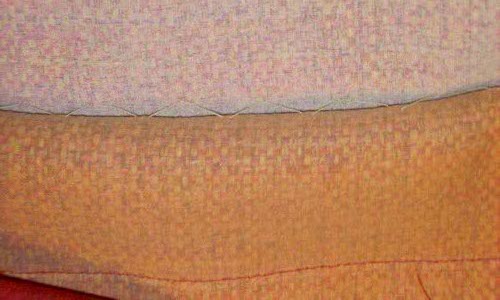

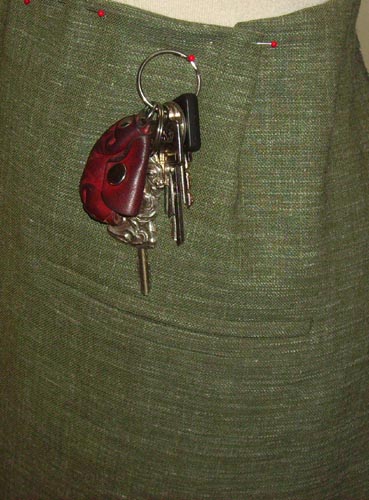
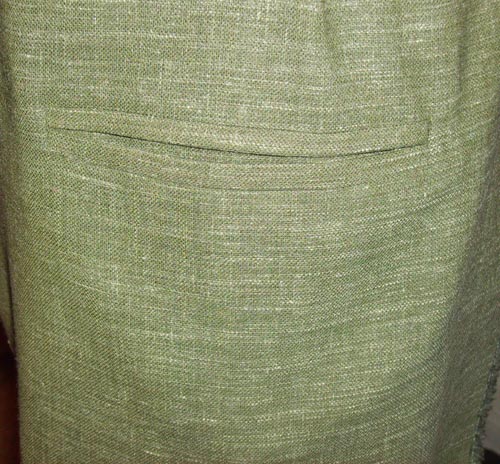
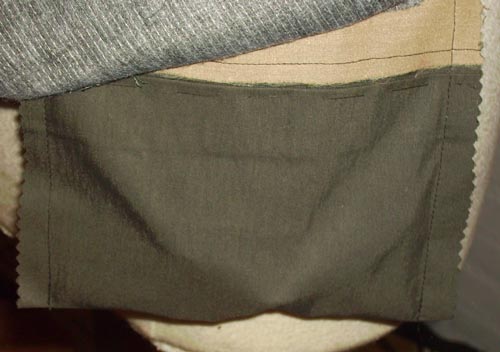



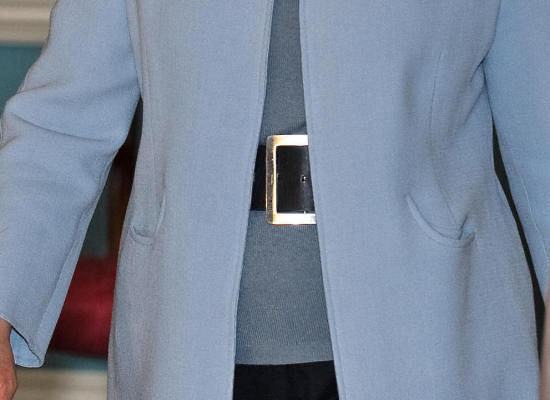


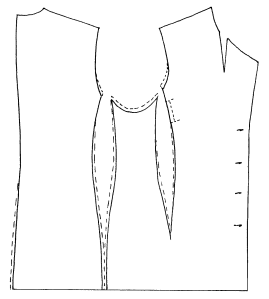

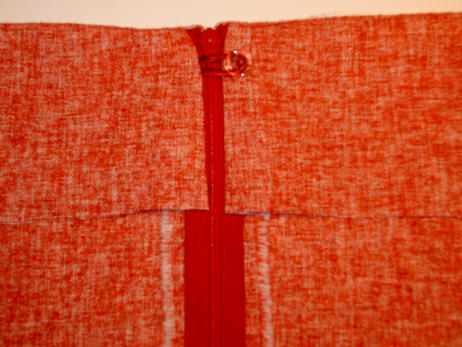
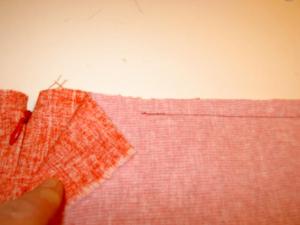
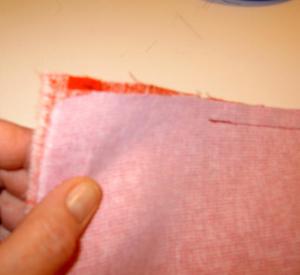
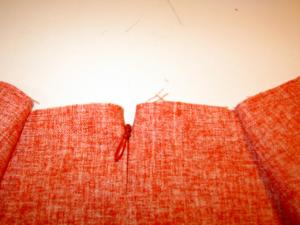
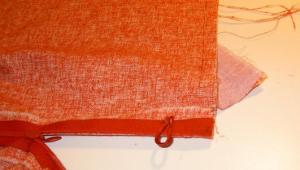
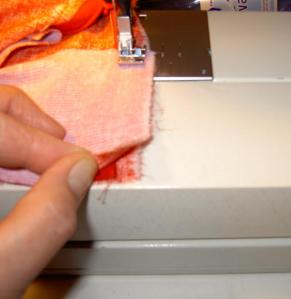



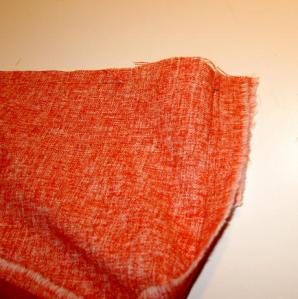



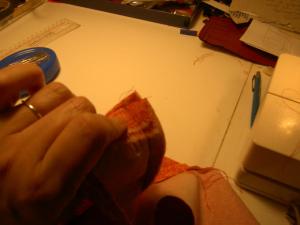

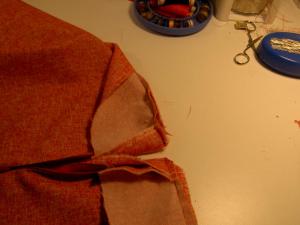





 Subscribe with Bloglines
Subscribe with Bloglines